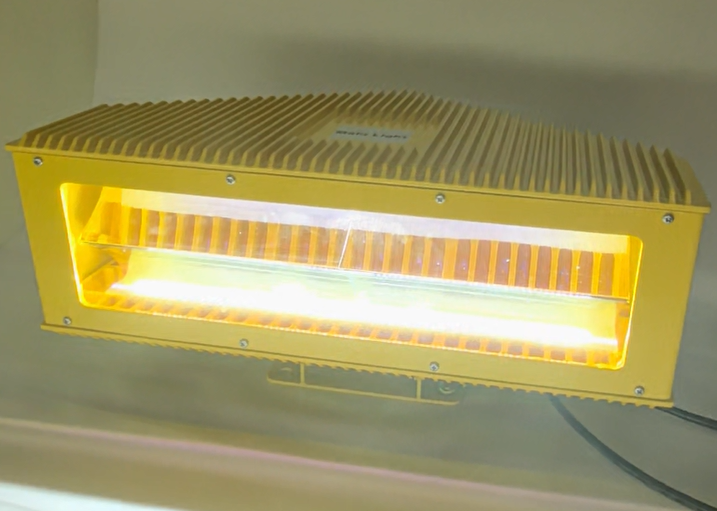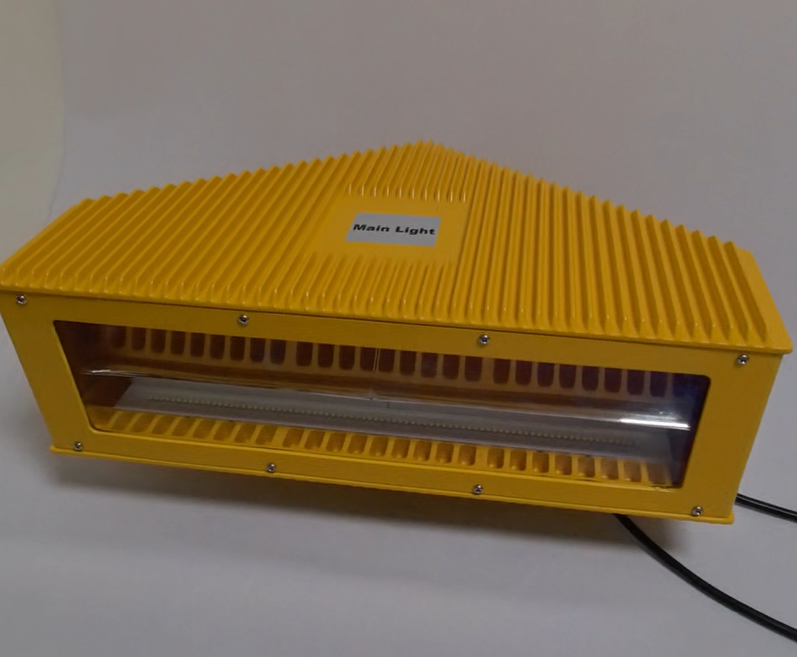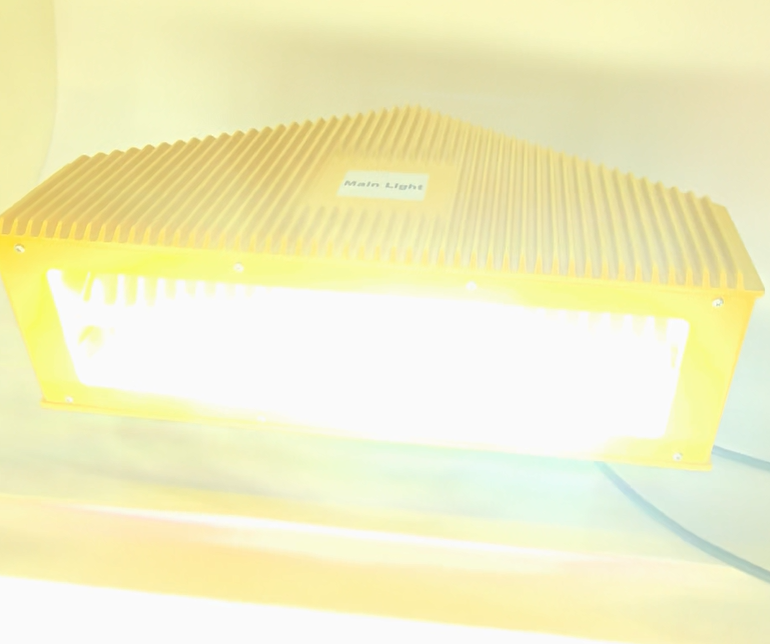In the vast expanse of the sky, where aircraft gracefully soar and navigate, there exist silent sentinels that play a crucial role in ensuring safety. These are the aircraft obstruction lights.
Aircraft obstruction lights are not mere adornments on tall structures; they are essential safety features with a profound purpose. They are designed to alert pilots to the presence of potential hazards in the form of tall buildings, towers, cranes, and other elevated structures. These lights act as beacons, guiding pilots and preventing disastrous collisions.

The importance of aircraft obstruction lights cannot be overstated. In a world where air travel is increasingly common, the safety of passengers and crew depends on these unassuming devices. Without them, pilots would be navigating a perilous sky, unaware of the looming dangers posed by unseen obstacles.
| White | Red | HI | MI |
One of the key characteristics of aircraft obstruction lights is their visibility. They are engineered to be highly visible from a significant distance, even in adverse weather conditions. Whether it's a clear day or a foggy night, these lights must stand out and catch the attention of pilots. This is achieved through the use of bright colors, typically red and white, and powerful illumination sources such as LEDs.

The durability of aircraft obstruction lights is another crucial aspect. They must be able to withstand the harsh elements of nature, including strong winds, rain, snow, and extreme temperatures. These lights are often installed in exposed locations, and they need to be reliable and long-lasting to perform their critical function consistently.
Regulations play a vital role in ensuring the proper installation and maintenance of aircraft obstruction lights. Governments and aviation authorities around the world have established strict guidelines to ensure that these lights are in place where needed and that they meet specific standards of visibility and reliability. Compliance with these regulations is not only a legal obligation but also a matter of life and death.

The technology behind aircraft obstruction lights has evolved over time. Today, we have advanced lighting systems that are more energy-efficient, longer-lasting, and more visible than ever before. These technological advancements have enhanced the safety of air travel and made our skies even safer.
In addition to their role in aviation safety, aircraft obstruction lights also have environmental implications. By clearly marking tall structures, they help reduce the risk of bird strikes. Birds are often attracted to tall objects, and without proper warning lights, they can collide with aircraft, causing damage and endangering the lives of passengers and crew. Aircraft obstruction lights act as a deterrent, helping to protect both birds and aircraft.
The installation and maintenance of aircraft obstruction lights require specialized skills and expertise. Professional installers must ensure that the lights are correctly positioned, aligned, and adjusted to provide maximum visibility. Regular inspections and maintenance are also essential to ensure that the lights are functioning properly and that any issues are addressed promptly.
Aircraft obstruction lights are an integral part of the aviation safety ecosystem. They are silent guardians that protect the lives of those who fly and those on the ground. As we continue to rely on air travel for business, leisure, and emergencies, the importance of these lights cannot be ignored. Let us recognize the significance of aircraft obstruction lights and ensure that they are always in place, shining brightly as beacons of safety in the sky. Whether it's a skyscraper in a bustling city or a remote communication tower in the wilderness, these lights are a reminder of our commitment to safety and the wonders of flight.